Nature in Focus: Look Back at 2022
For many years I've looked back on the year in review and thought about all of the incredible adventures I've experienced and this year is no exception.
From dropping my talented and amazing conservation friend and real-life mermaid Linden Wolbert into the Pacific Ocean with hundreds of (harmless) Leopard Sharks to racing the fastest two-legged animal in the world, the Ostrich, there was no shortage of extraordinary, one-of-a-kind photography opportunities, and plenty of laughs along the way.
Here's a look back at some highlights from my adventures in 2022.

From the air you can truly appreciate the scale of this gathering of leopard sharks, which is one of the largest in the world. The drone operator not only was able to capture tons of sharks in each frame, but also photographed Ian Shive and Mermaid Linden as the sharks swam around them.
Photographer Ian Shive helps Mermaid Linden out of the ocean, with assitance from drone operator Trystan Snodgrass. The tail adds 50lbs to Linden's normal body weight!
Baby ostrich are much gentler and friendlier, allowing you to pick the up and hold them. Perhaps a bit too cute for my goal of a quirky greeting card.
Ostrich eggs weigh 4-5 pounds and can sustain the weight of a full grown bird, over 350lbs. They are used to hatch new ostriches, supply restaurants, and sometimes make it into the gift shop as an ornament.
I used a handheld flash or strobe to light the ostriches while on my tour. The light helps pop the detail and colors of these incredible birds, giving a more "produced" look to the images.
Ruskin Hartley, Executive Director of the International Dark Sky Association holds two lightbulbs. Lights with a more blue color temperature, like the light in the foreground of the image, are more detrimental to the preservation of the night sky. Warmer colors, like a fire light, help preserve the night sky as their light isn't as impactful on light pollution.
To better understand the benefits of a dark sky, we traveled three hours north of Los Angeles - basically the middle of nowhere - with the hope of finding a very dark sky. As the sun finally set, some stars appear.
Stunning light shot up the valley on the hike down, revealing better photographic opportunities than I found at my target destination, Heather Lake.
A celestial visitor photographed on a moonless night, Comet Neowise is a magical sight.
This is the ultimate test to compare iPhone camera with my DSLR. It's amazing how well this came out, but still some limitations balancing the shadows of the bush on the rocks with the highlights on the mountain. I even tried to adjust this one a bit afterward, but the contrast range just wasn't there, even considering that I was shooting in RAW mode.










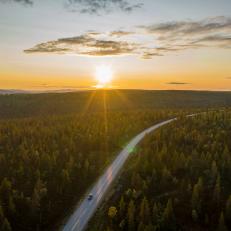



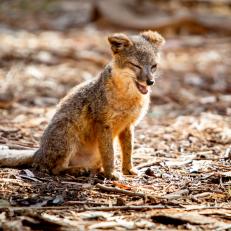
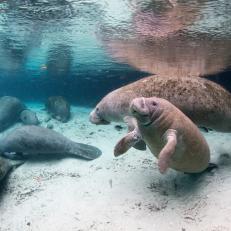
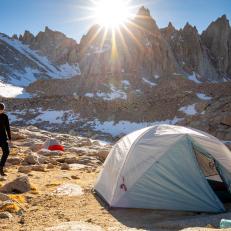
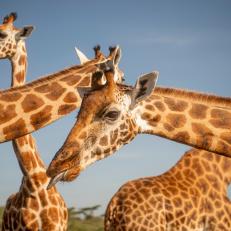
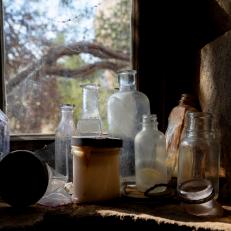

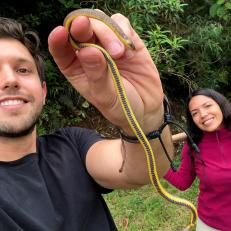


.jpg.rend.hgtvcom.231.231.suffix/1629480570425.jpeg)